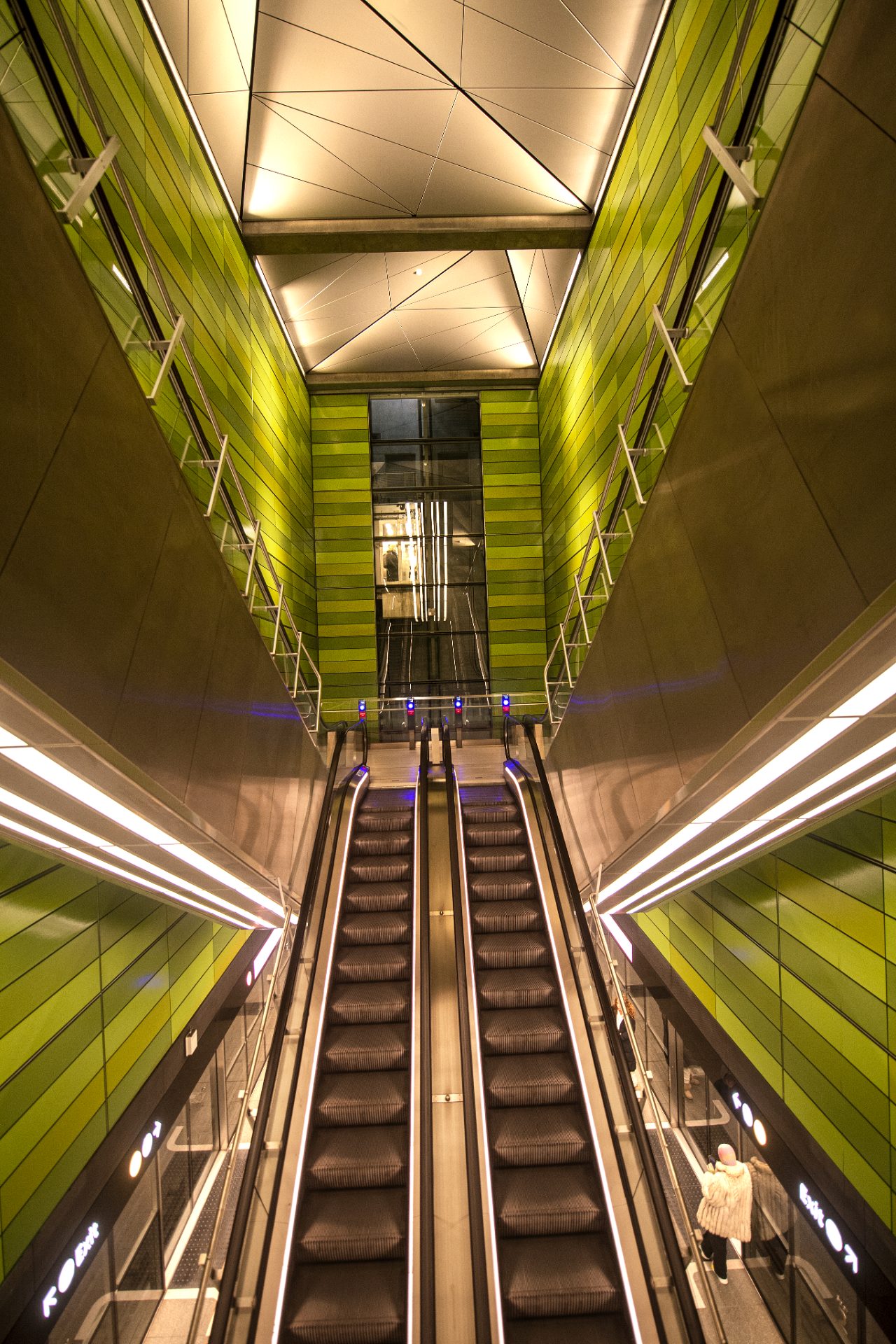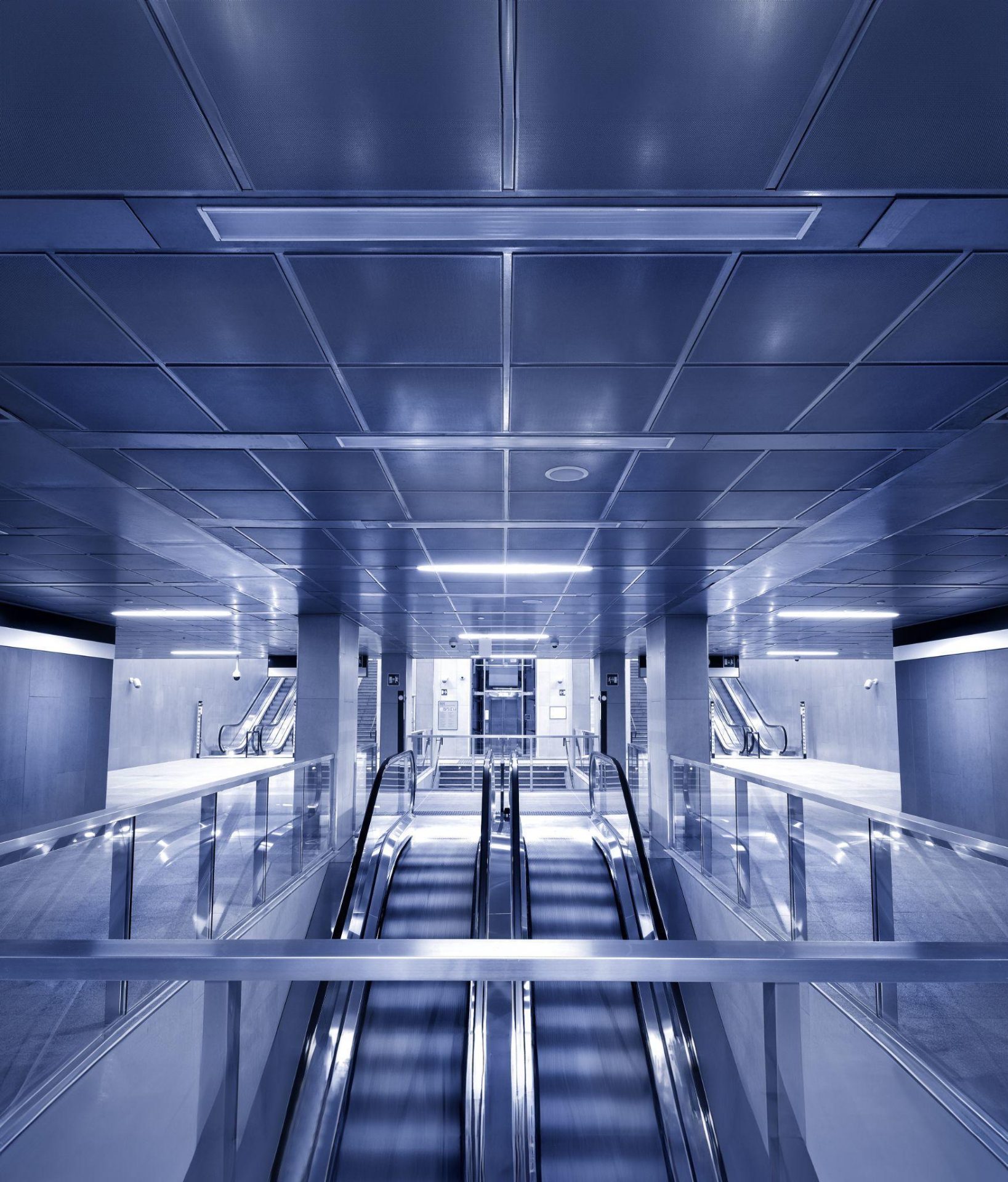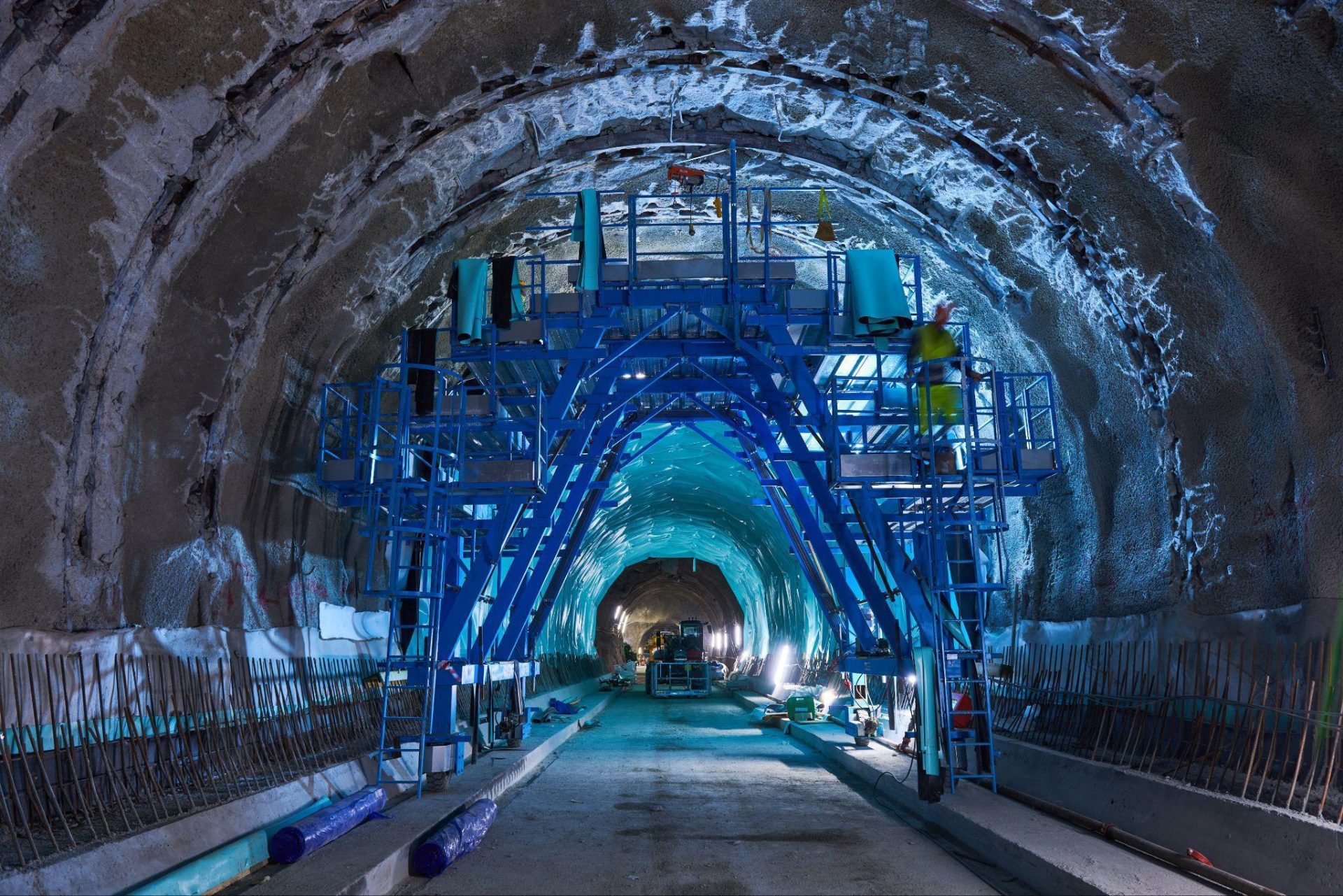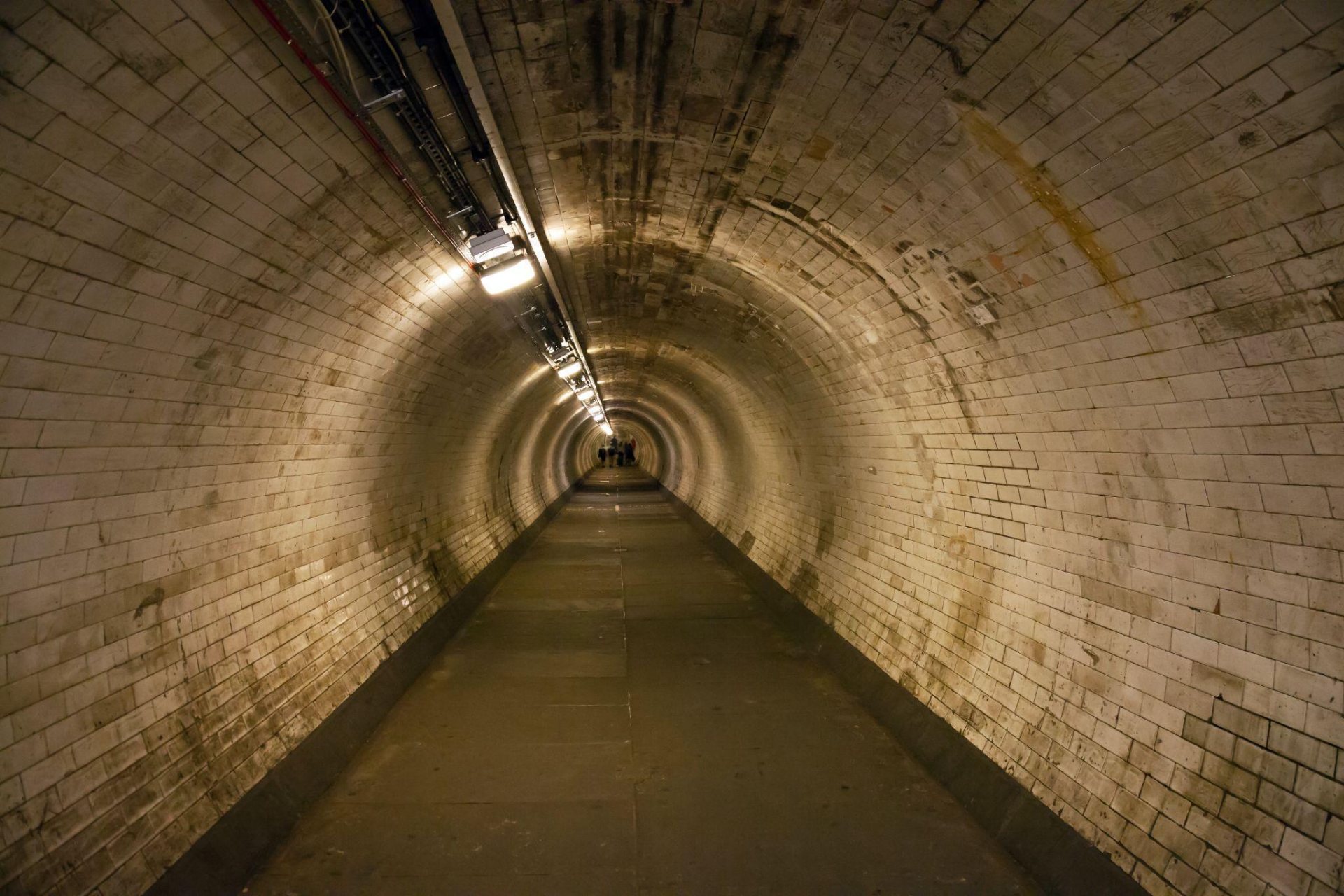In a world that is increasingly urbanised and in search of sustainable solutions, subways, railway tunnels and large hydroelectric plants are changing cities from the inside, because they are large infrastructural works built underground with the benefit of improving urban mobility, lowering pollution levels and giving urban space back to people.
London: The Pioneering Capital of Underground Tunnelling and TBMs
In the mid-19th century, as the Industrial Revolution was transforming cities and society, London did something unthinkable at the time: digging beneath the Thames. The result was the Thames Tunnel – the first tunnel in the world built under a navigable river, which was not just a simple engineering project, but a true epic achievement.
For the new tunnel, inaugurated in 1843, a mechanical shield was invented for excavation, the direct precursor to today’s Tunnel Boring Machines (TBM). Without it, tunnelling as we know it today wouldn’t exist.
Copenhagen: Green Mobility below Sea Level
Copenhagen has relied on tunnels for its sustainable development. The new Cityringen metro line, built by the Webuild Group and inaugurated in 2019, surrounds the city centre with 17 metro stations, revolutionising the way people move in the Danish capital.
Entirely dug beneath the streets, it has become a symbol of green, fast, and integrated mobility with urban architecture. This means fewer cars in the centre and more space for pedestrians and bicycles.

Milan: With the M4 Metro Line, the Future of Sustainable Mobility Preserves the Past
In Milan, the new M4 metro line connects Linate Airport to the city centre in 12 minutes.
The construction of the line was a true engineering challenge: the excavations passed very close to Milan’s historic buildings. How to protect them? By using an innovative technique: freezing the ground with liquid nitrogen at -196°C, blocking water infiltration.
The future of transportation, with respect for the past.

Paris: The Grand Paris Express Maxi Construction Site Revolutionizes Urban Mobility
In Paris, the most ambitious metro project in Europe is underway: the Grand Paris Express.
200 kilometres of new Paris metro lines, 68 new metro stations, and a plan to connect nearly all the municipalities of the Île-de-France. The goal? To decongest surface traffic, connect suburbs and city centres in just minutes, and redesign the entire metropolitan area.
Webuild is also working beneath the French metropolis, building several sections of the new Lines 14, 15, and 16.
Brenner Base Tunnel: The Longest Tunnel in the World, in the Heart of the Alps
If digging beneath cities is a challenge, doing so under mountains is sheer audacity. This is the case of the Brenner Base Tunnel, the final stop in our European journey, set to become the longest railway tunnel on Earth at 64 km.
The Brenner tunnel will connect Fortezza, in Italy, to Innsbruck, in Austria, passing beneath the Brenner Pass.
Starting with new engineering techniques such as ground freezing to build part of the tunnel beneath the Isarco riverbed, this colossal infrastructure project, in which Webuild is involved, represents a true green milestone and a concrete step toward sustainable logistics and a more connected Europe.




